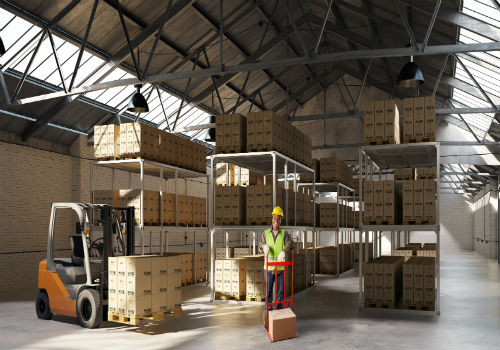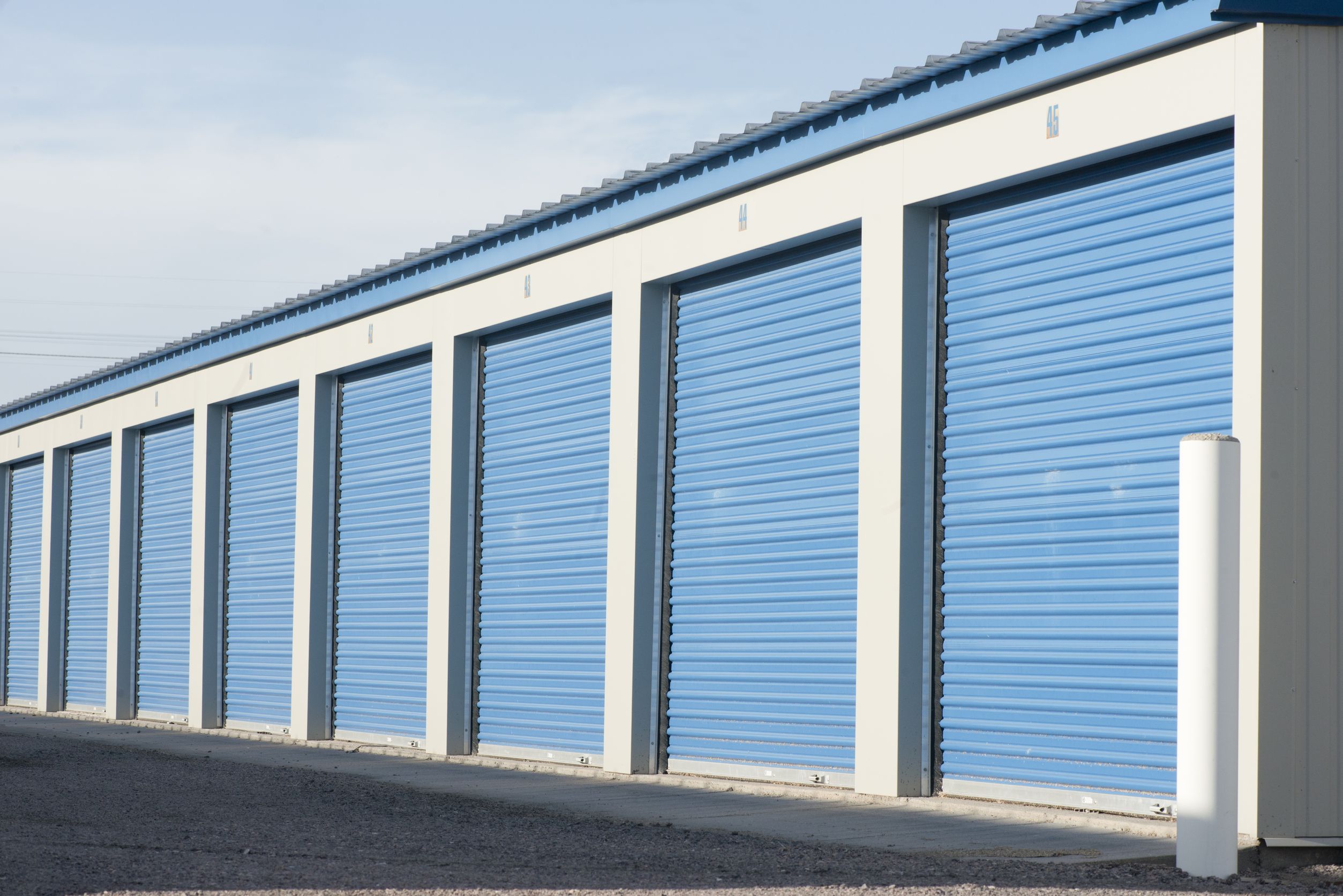If you’re someone who has limited floor space and wants to maximize your warehouse storage capabilities while keeping things ergonomic and cost effective, pallet racking is the way to go. They provide significant advantages as a high-density storage system. Mostly due to the efficient nature of storing things vertically instead of across your floor. In fact, warehouse racking can even provide you with a cost-effective solution to your increased inventory and limited floor space. In today’s article we’ll be discussing how to build some industrial shelving of your own, as well as well as touching on some of our favorite accessories and learning a little bit about some of the advantages of incorporating an effective pallet racking system.
Getting started
Pallet racking can be a daunting task if you aren’t prepared, so the first thing you’ll need to do is get our materials in order. Start with your upright frames and beams, or cross beams, and pallet racking beams. Purchasing used pallet racking materials can help to keep your costs down.
Setting up your pallet rack uprights
Begin with your pallet rack uprights, these will serve as our vertical support. To start, place two uprights vertically on either side to support the horizontal beams. Uprights come in a variety of sizes so take the proper precautions when choosing the frame length. Most commonly, you’ll encounter Teardrop style punch holes in your upright frames due to the fact that it’s interchangeable with different brands and customizable with different sizes, so it is commonly used by business warehouses and distribution centers for industrial storage. All uprights come painted with high visibility paint, which reduces the chances of damage to racks and accidents to employees.

Laying your pallet racking beams
Pallet rack beams are the horizontal weight-bearing support that connects the upright beams to one another via the tear drop punch holes. These beams are available in a variety of different heights, lengths, and gauges and are entirely dependent on the type of racking needed. Plan in advance and purchase beams and uprights that are compatible with one another.
Pallet rack shelving
Choosing the appropriate type of shelving is crucial in this process and has the potential to make or break your project. In recent years, metal shelving has proven itself to be the gold standard in pallet racking, more specifically in the development of wire shelving. Its lightweight design and strong frame are pivotal in keeping you and your inventory safe while allowing better air circulation and water flow from sprinkler systems in the event of an emergency.
Pallet rack accessories
In order to ensure safety and regulatory compliance, pallet rack accessories are a must-have. Flue spacers are often needed to meet local fire and safety codes as they allow fires to vent vertically and the water from sprinkler systems to reach the fire’s source.
Another way to prevent unnecessary damage to your inventory is by simply purchasing a guard rail. These come in a variety of shapes and sizes, but the objective remains the same. Guard rails protect machinery, walkways, personnel, inventory and equipment from damage and injury. Another common rack accessory that many desire are the back-to-back or back-to-wall ties. These ties allow for added stability and are recommended when the upright height is more than six times the depth.
Conclusion
Pallet Racking is the perfect blend of simplicity and efficiency when it comes to maximizing and organizing your warehouse floor space. Not only are these racks reliable and sturdy, they’re also cost effective and scalable. A pallet racking with the right capacity can handle pallets in various sizes and weight, ensuring convenient accessibility and safety for all your warehouse staff.
